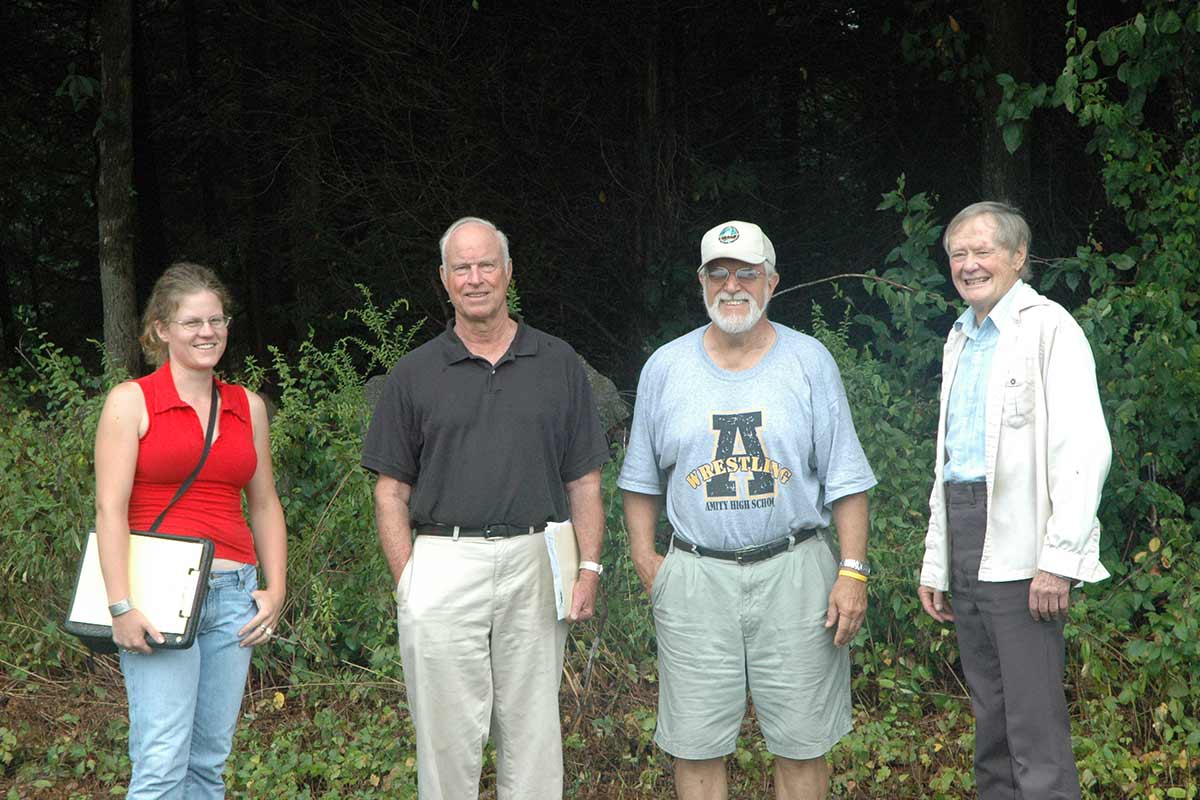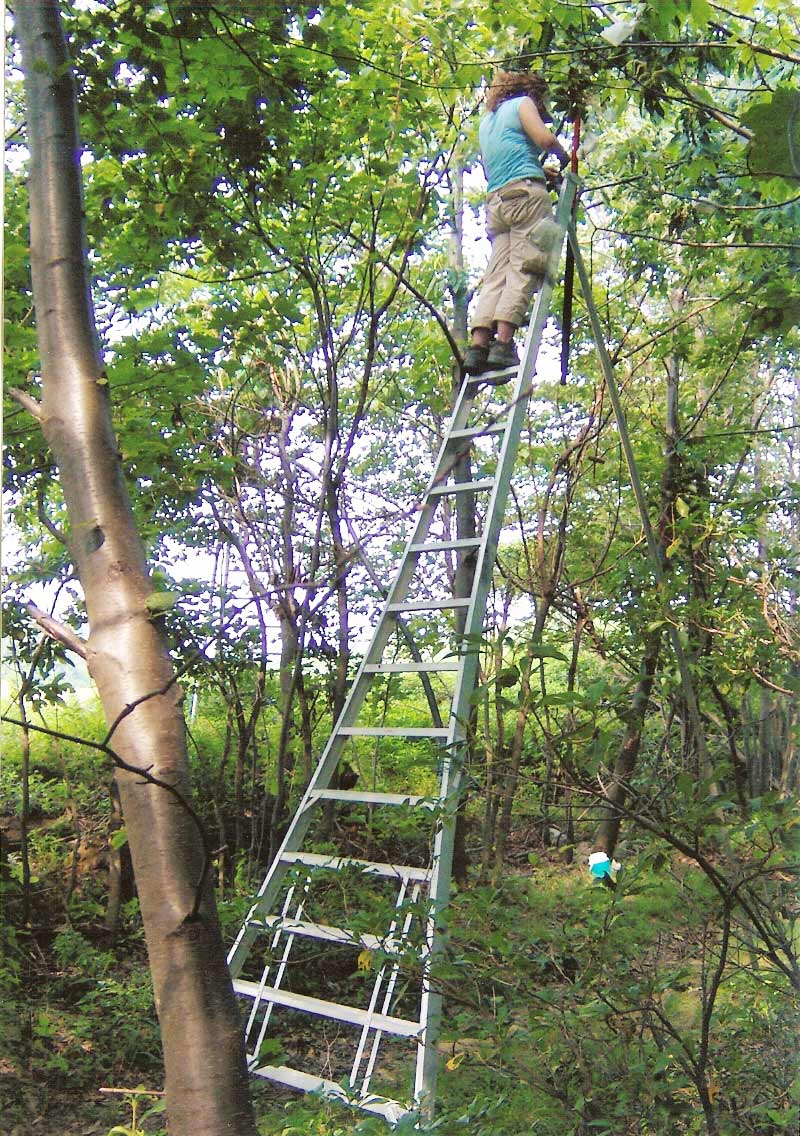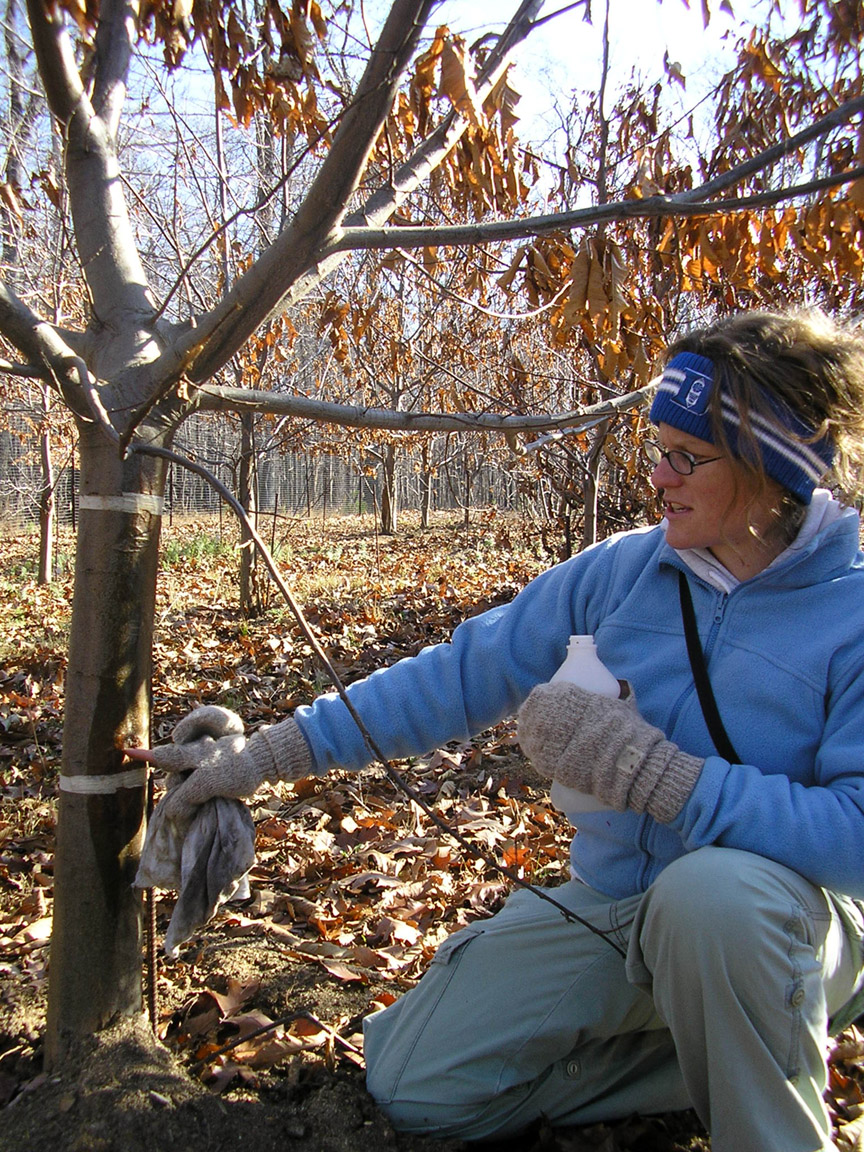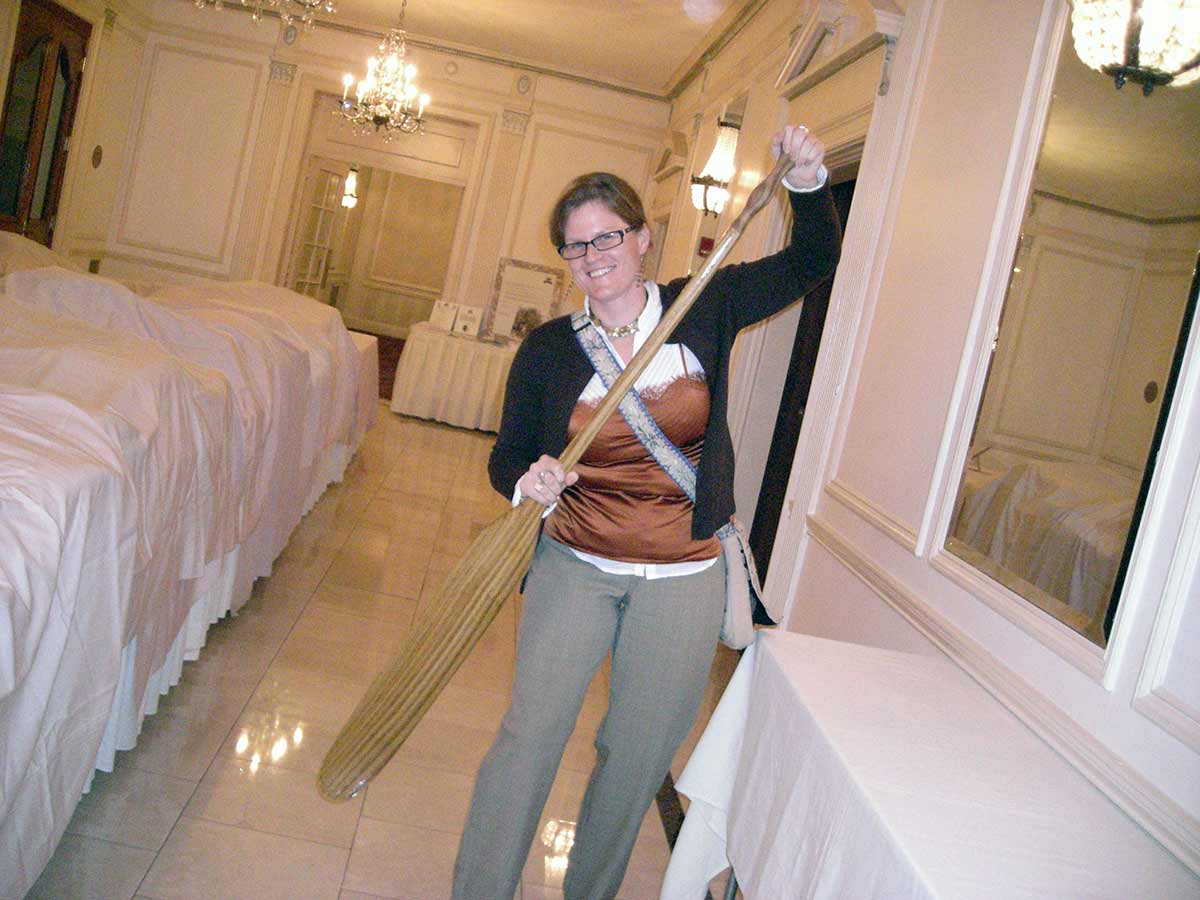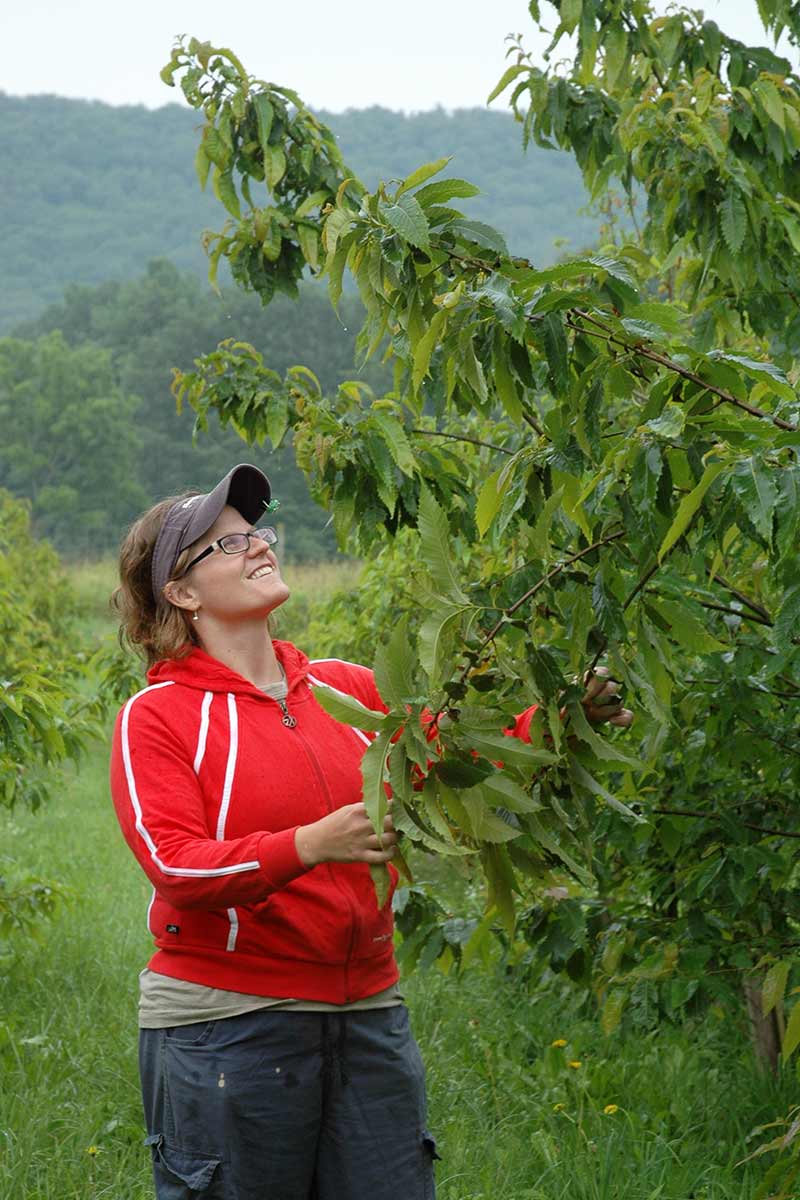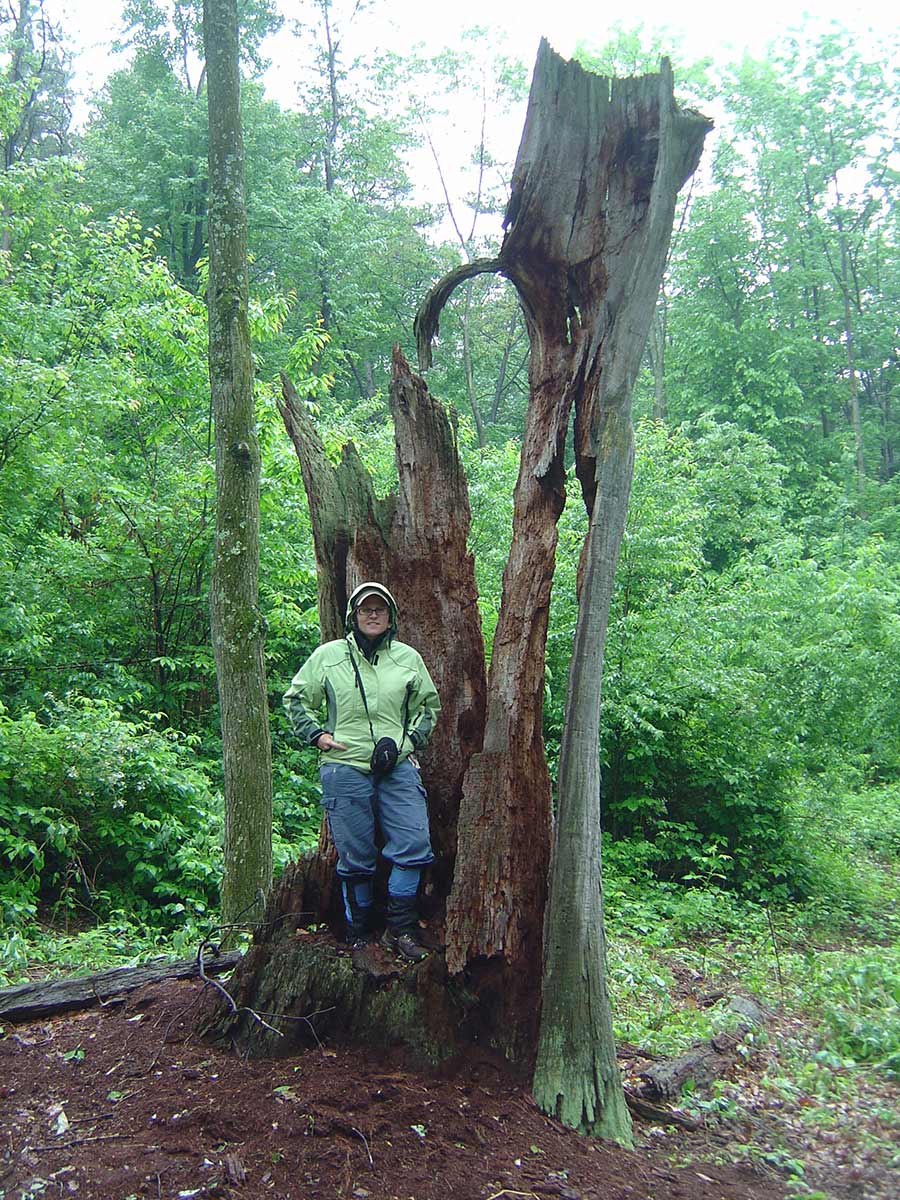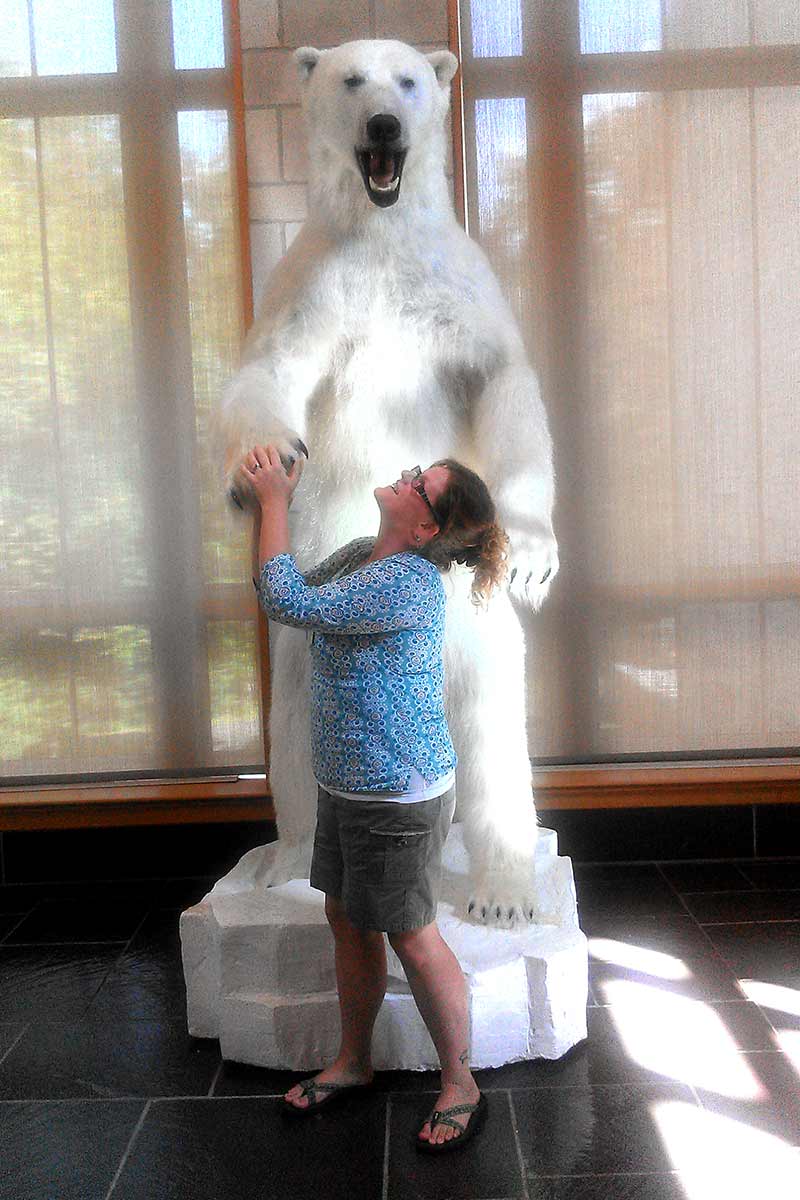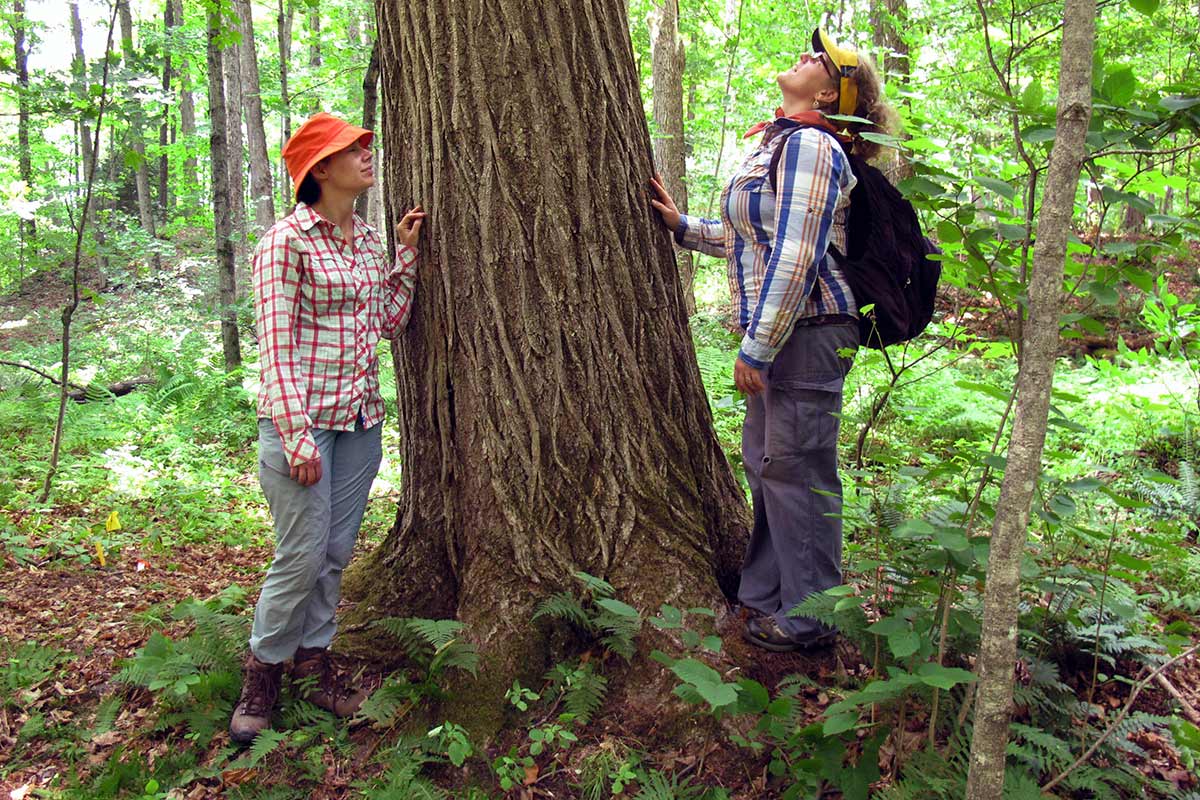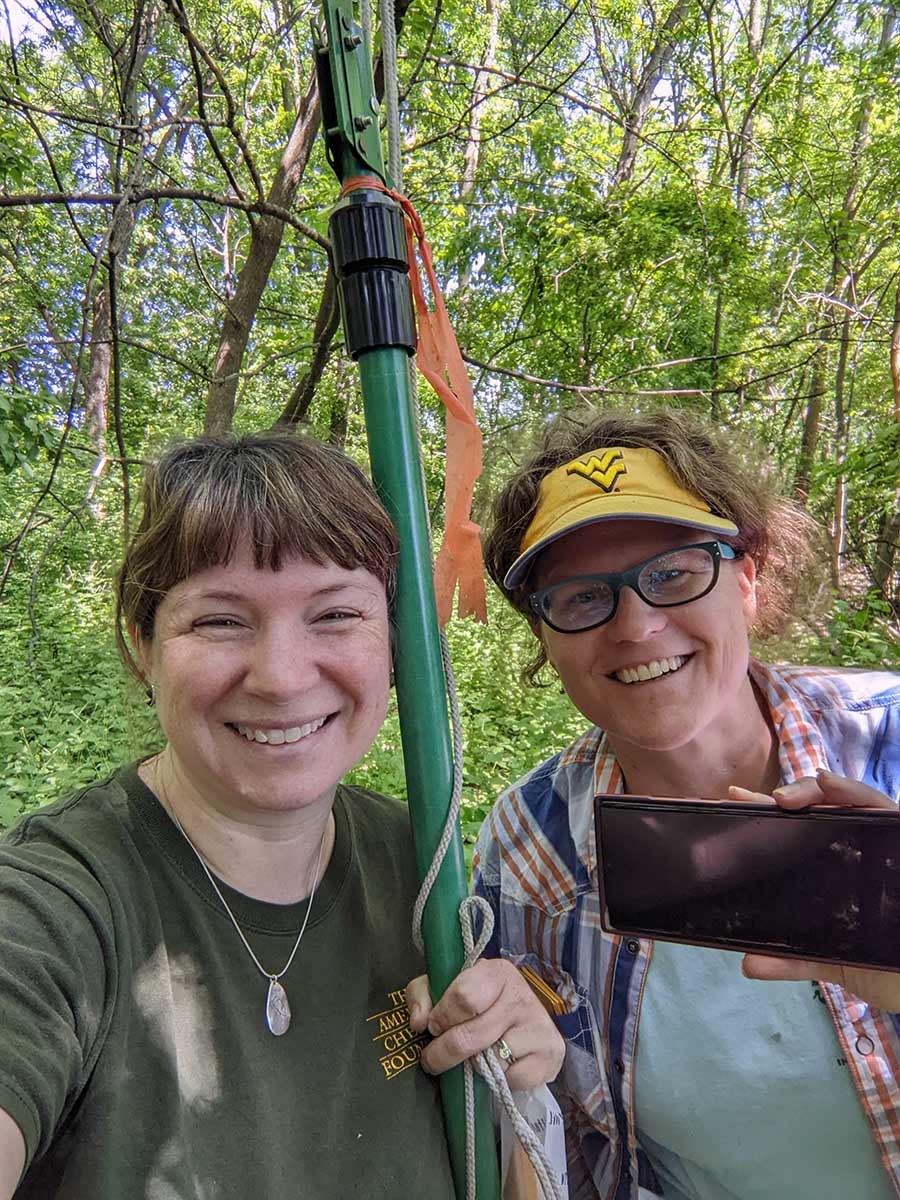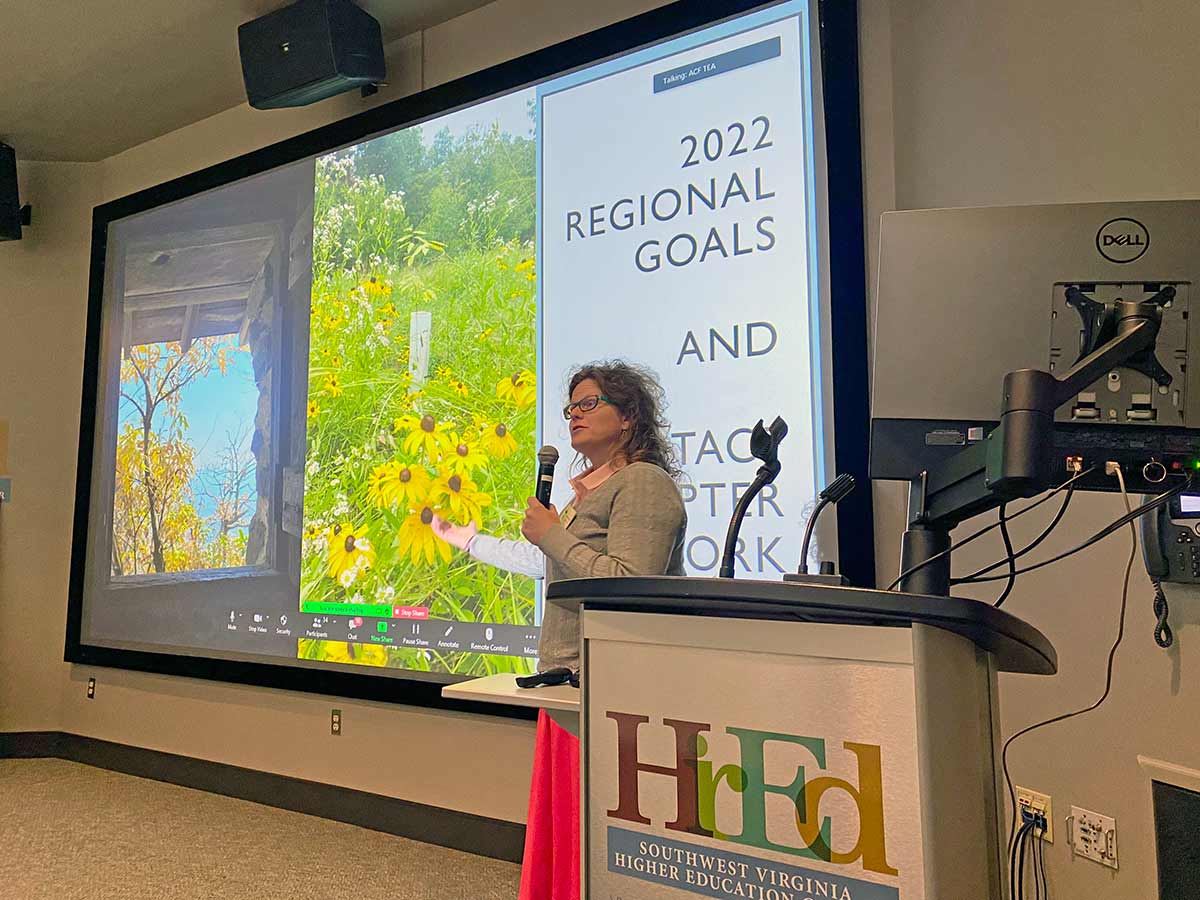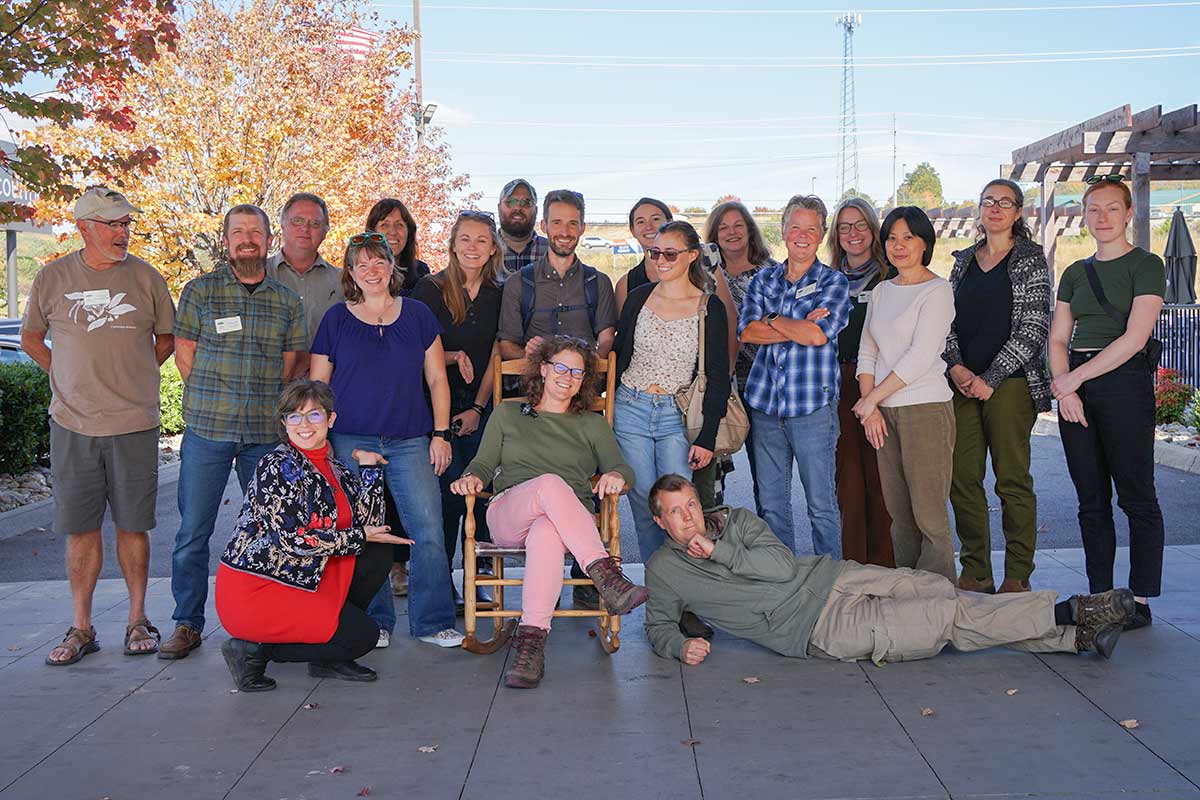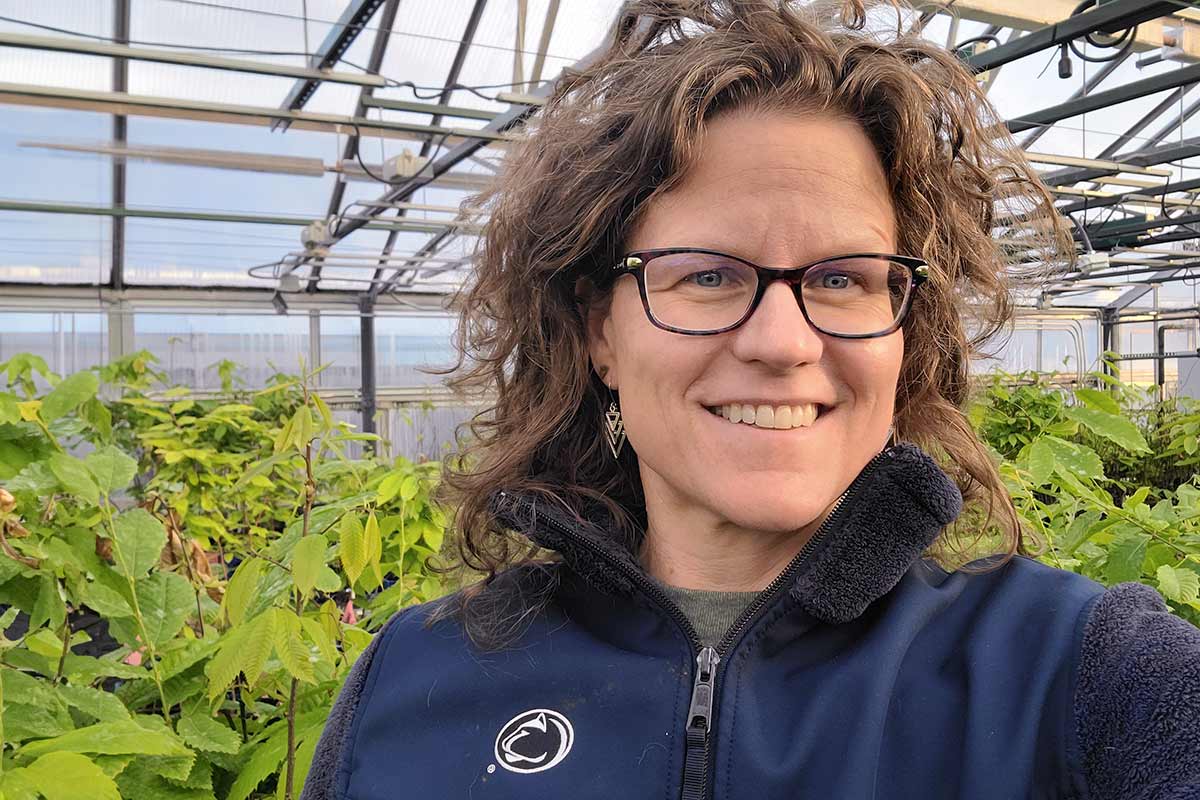The KY Chapter is fortunate to partner with Berea College in restoring the American chestnut. The college owns a 9,000-acre forest in the “Knobs” (rugged, non-connected hills) south of the Bluegrass limestone region of Kentucky. The land was acquired beginning in 1897 after small farms exhausted the soil and the timber had been cut over. The higher sandstone ridges at 1,500 feet elevation support a wild-type population of American chestnuts.
Forester and KY Chapter board member Clint Patterson actively manages a seven acre “in-situ” wild-type American chestnut orchard, which holds an inventoried 250 trees under a mature oak canopy. Clint and his crew have increased sunlight to the trees to enhance their growth by removing low value mid-story trees such as red maple and sourwood. Beyond the in-situ orchard, more wild-type American chestnuts are scattered across the Berea College Forest. He also oversees an excellent website at https://www.berea.edu/forestry/ that describes the forest management practices for wood, water, wildlife, and recreation with a focus on teaching and sustainability.
Additionally, in November 2020, we planted the first five seedlings into a new germplasm conservation orchard (GCO) within this “in-situ” orchard. Another section of Berea Forest holds 22 surviving hybrid chestnut trees planted in 2004.
On January 23, 2022, immediate past KY Chapter President Rick Caldwell and current KY Chapter President Ken Darnell enjoyed a sunny day monitoring some of the larger trees for flowering. Further, the two completed a 24-month process of root pruning two important, small wild-type American chestnuts on a rocky ridge. This root pruning will prepare the trees to be moved into another planned GCO 300 yards away that will be accessible to vehicles and reach lifts for pollination.
As Rick is also a horticulturalist, he put his skills to use to train Clint and Ken on how to properly root prune small trees using a heavy-duty pruning shovel. Half of the roots are pruned during the dormant season of one year, and the other half are pruned the following dormant season. With full root pruning complete, the trees will increase their root growth closer to the root collar to develop a root ball that can be dug and transported.
See map of “Knobs” below:

Map by Christopher Morris of KY’s physiographical regions

